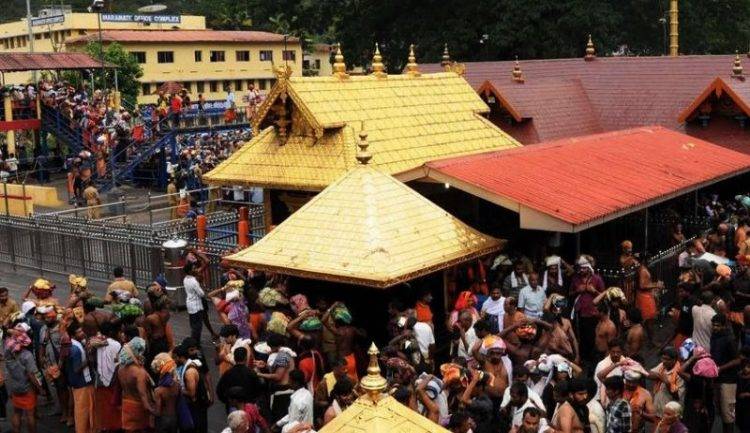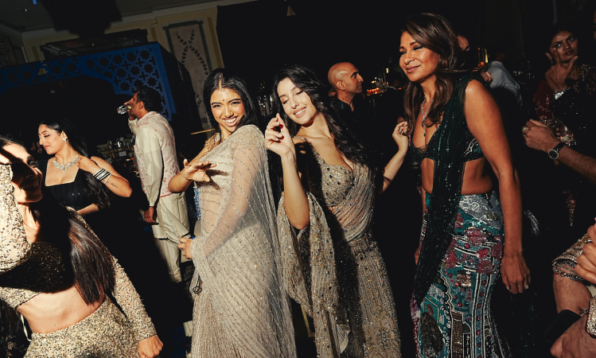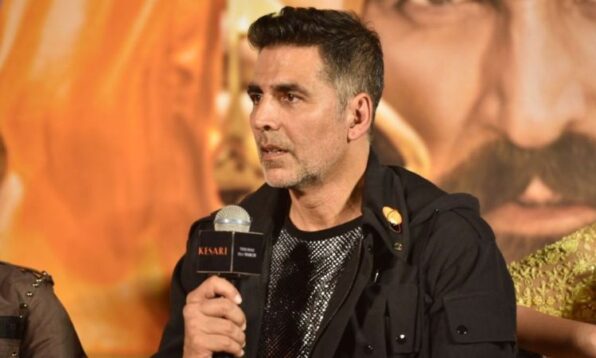Just when we thought the Supreme Court had done enough for the year by decriminalising homosexuality and adultery, it came through with yet another great step – the Sabarimala verdict. A five-judge bench of the Supreme Court has ended the restrictions on menstruating women in Sabarimala temple. Before this verdict, women between the ages of 10 to 50 were not allowed to enter the temple because they were considered “impure.”
“Right to worship is given to all devotees and there can be no discrimination on the basis of gender,” said CJI Dipak Misra while delivering the verdict. One of the judges on the five-bench judge dissented and said that it wasn’t for the court to decide on religious practices, barring social evils. However, the other four judges agreed that “the practice of age restriction on women’s entry to Sabarimala temple can’t be treated as an essential religious practice.”
The bench also said, “Religion cannot be the cover to deny women right to worship. To treat women as children of lesser God is to blink at Constitutional morality… Keeping women out of the temple on the basis of menstruation is against their dignity.”

Image Source
So, what’s next now? There are still a number of places – mostly religious institutions – in India which don’t allow women on their premises. The reason is the same. Women of menstruating age are “unholy” for a celibate deity or saint. Here are three prominent places of worship, among many others, which still restrict women:
1. Jain Temple, Ranakpur
Menstruating women are not allowed to enter this temple at all. But even women who are not menstruating have to adhere to several codes, including a strict dress code, to be able to enter.
2. Kartikeya Temple, Pushkar
According to the priests here, women are not allowed in because they worship a celibate deity. In this case, however, there’s another angle. “Legend” has it that the deity curses women who enter his temple. And of course, women are “temptations” anyway for a brahmachari.
3. Patbausi Satra, Assam
This is another place of worship that places all the burden of purity on women. For them, women are impure. As always. And if a woman should enter the premises, she will damage the purity of this place beyond repair.
Women have been trying for decades to break free of these oppressive practices and attain religious equality. Some women have broken through barriers, quite literally, and entered these places of worship. Until recently, even the popular Haji Ali Dargah restricted the entry of women until the judiciary overruled this archaic system. However, the places in the list above, and many others, still resist. Like Sabarimala that needed the Supreme Court to intervene to finally recognise women’s rights, perhaps these places too need more help.
Apart from religious equality, we hope this verdict also brings a change in mindset towards women and menstruation. Instead of ostracising women for bleeding, we hope this country will now see them as equal citizens, entitled to every fundamental right, every legal privilege given to men. Menstruating or not.

 Web Stories
Web Stories













